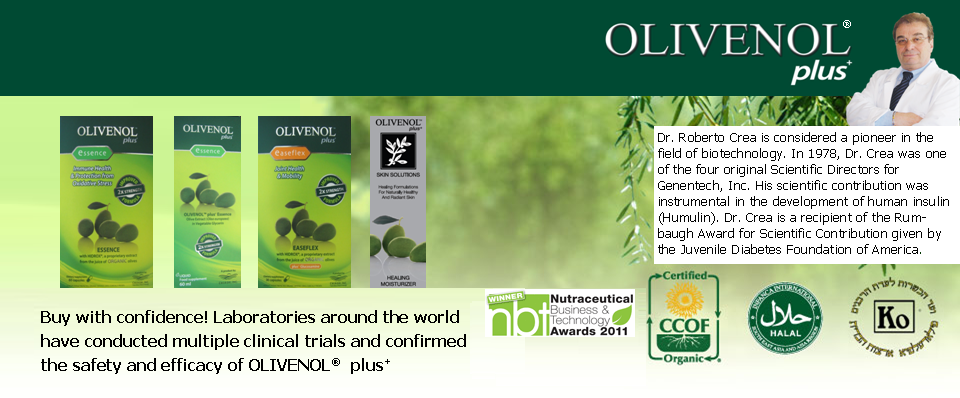J Nutr Biochem. 2008 Aug;19(8):514-23. Epub 2007 Sep 27.
Antiatherogenicity of extra virgin olive oil and its enrichment with green tea polyphenols in the atherosclerotic apolipoprotein-E-deficient mice: enhanced macrophage cholesterol efflux.
Source
The Lipid Research Laboratory, Technion Faculty of Medicine, The Rappaport Family Institute for Research in the Medical Sciences, Rambam Medical Center, Haifa 31096, Israel.Abstract
The antiatherogenic properties of extra virgin olive oil (EVOO) enriched with green tea polyphenols (GTPPs; hereafter called EVOO-GTPP), in comparison to EVOO, were studied in the atherosclerotic apolipoprotein-E-deficient (E0) mice. E0 mice (eight mice in each group) consumed EVOO or EVOO-GTPP (7 microl/mouse/day, for 2 months) by gavage feeding. The placebo group received only water. At the end of the study, blood samples, peritoneal macrophages and aortas were collected. Consumption of EVOO or EVOO-GTPP resulted in a minimal increase in serum total and high-density lipoprotein (HDL) cholesterol levels (by 12%) and in serum paraoxonase 1 activity (by 6% and 10%). EVOO-GTPP (but not EVOO) decreased the susceptibility of the mouse serum to AAPH-induced lipid peroxidation (by 18%), as compared to the placebo-treated mice. The major effect of both EVOO and EVOO-GTPP consumption was on HDL-mediated macrophage cholesterol efflux. Consumption of EVOO stimulated cholesterol efflux rate from mouse peritoneal macrophages (MPMs) by 42%, while EVOO-GTPP increased it by as much as 139%, as compared to MPMs from placebo-treated mice. Finally, the atherosclerotic lesion size of mice was significantly reduced by 11% or 20%, after consumption of EVOO or EVOO-GTPP, respectively. We thus conclude that EVOO possesses beneficial antiatherogenic effects, and its enrichment with GTPPs further improved these effects, leading to the attenuation of atherosclerosis development.- PMID:
- 17904345
For more information please visit:
http://www.ncbi.nlm.nih.gov/pubmed/17904345
- [PubMed - indexed for MEDLINE]
